9 Distilleries
Islay is characterised by whiskies with a peat smoke aroma. There are nine active distilleries on this island now.
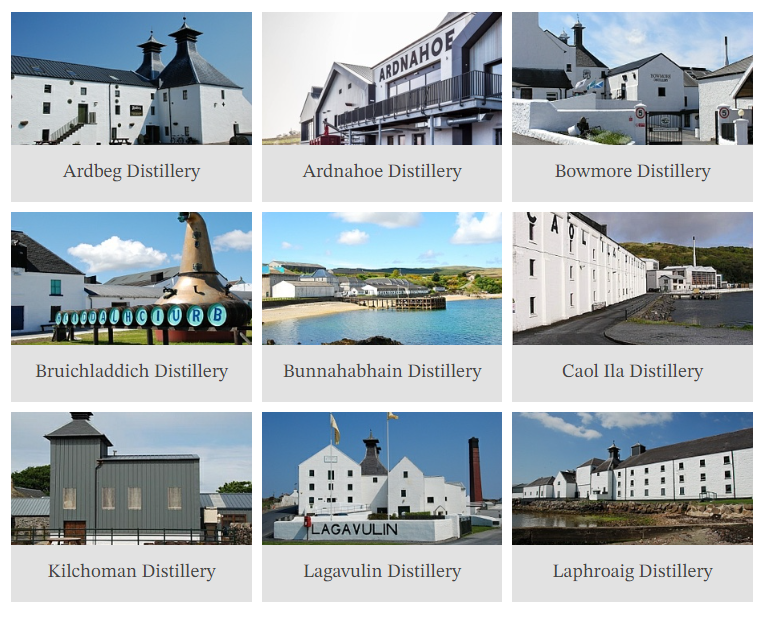
Peat
Much of Islay is peat. Layer on layer of sphagnum mosses and other vegetation have been rotting away to create the compact black banks of peat used by the whisky industry. Peatlands are capable of absorbing and storing large amounts of carbon dioxide known as “carbon sinks,” making them ideal for helping to tackle climate change.


The water source used by the distillery for production runs through peatlands, so the water source is interspersed with peat, which is usually brown in color, and this is the peated water.
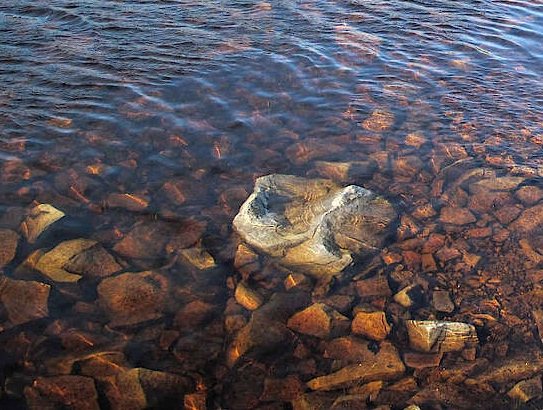

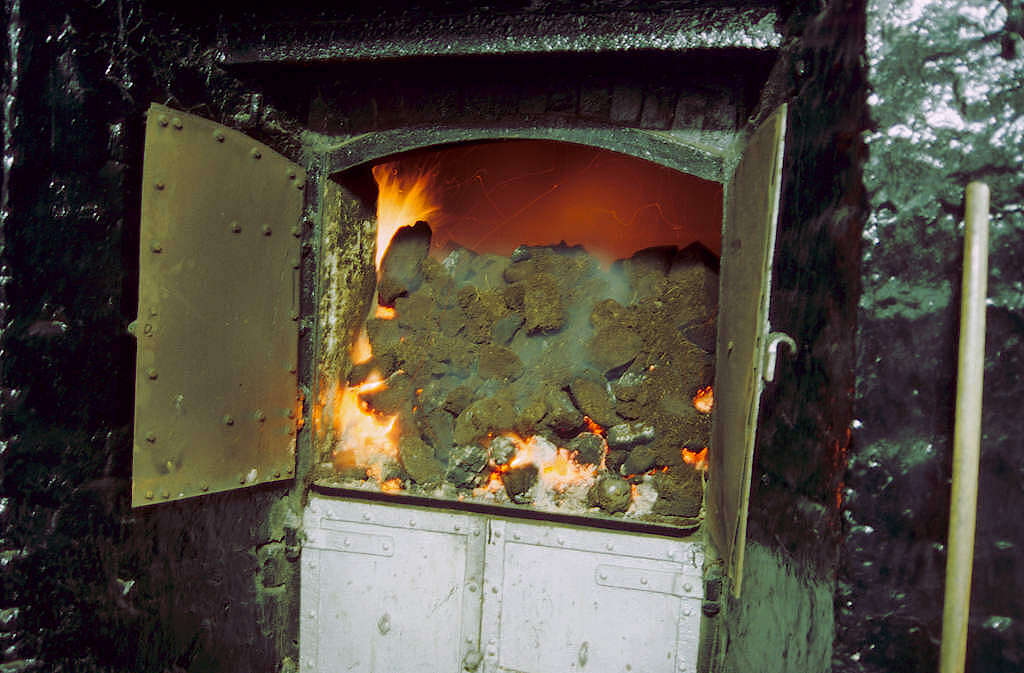
Open Spaces
Peat is also used for drying barley grain, which gives Islay whisky its distinctive peaty-smoky flavor.
Islay whisky production process and climate change impact on it
Malting
Grain is malted.
- soaking it to start the germination process.
- Maintain proper temperature and humidity for malting.
- Some distilleries in Islay still use historical floor maltings, which is vulnerable to high ambient air temperatures that result in overheating.
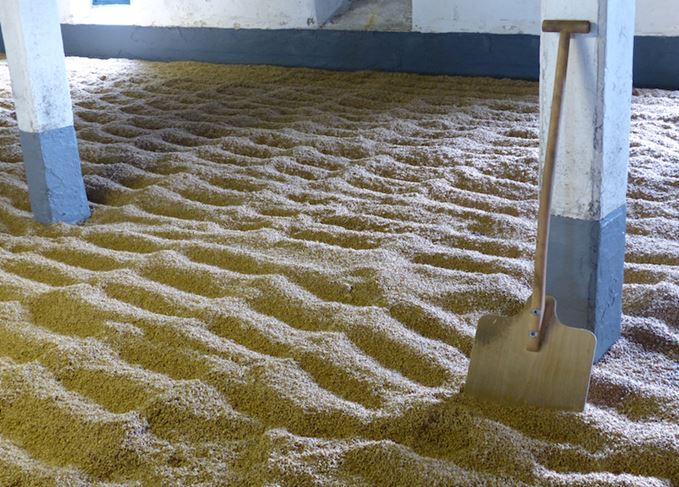

Drying
Dry the grain.
- Put the malt into kiln to dry.
- Burning peat underneath
- Burning peat will releases carbon dioxide and worsens global warming

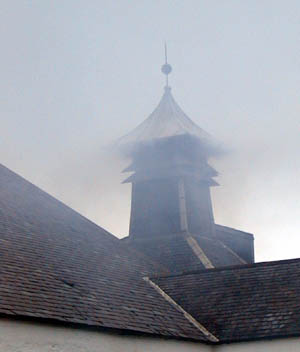
Mashing &
Fermentation
- Grinding of dry grains into flour.
- Add the powder to the mash tun to convert the starch into sugar and then dissolve it out with water.
- Cooling the sugary wort from the mash tun, adding yeast to it and it turns sugary liquid into an alcohol
- Due to greater ambient air and water temperatures throughout the summer, hot days diminish cooling efficiency, necessitating the use of more water to keep fermentation from failing

Distillation
Product outputs.
- Put it into the still.
- High ambient temperatures can cause significant evaporative losses during distillation
- Chemical reaction with copper



Maturation
Time to Wait
- Warm temperatures can accelerate maturation as the spirit interacts more aggressively with the oak and alters the whisky character
- The flavor of wood, ocean and……
- volume losses

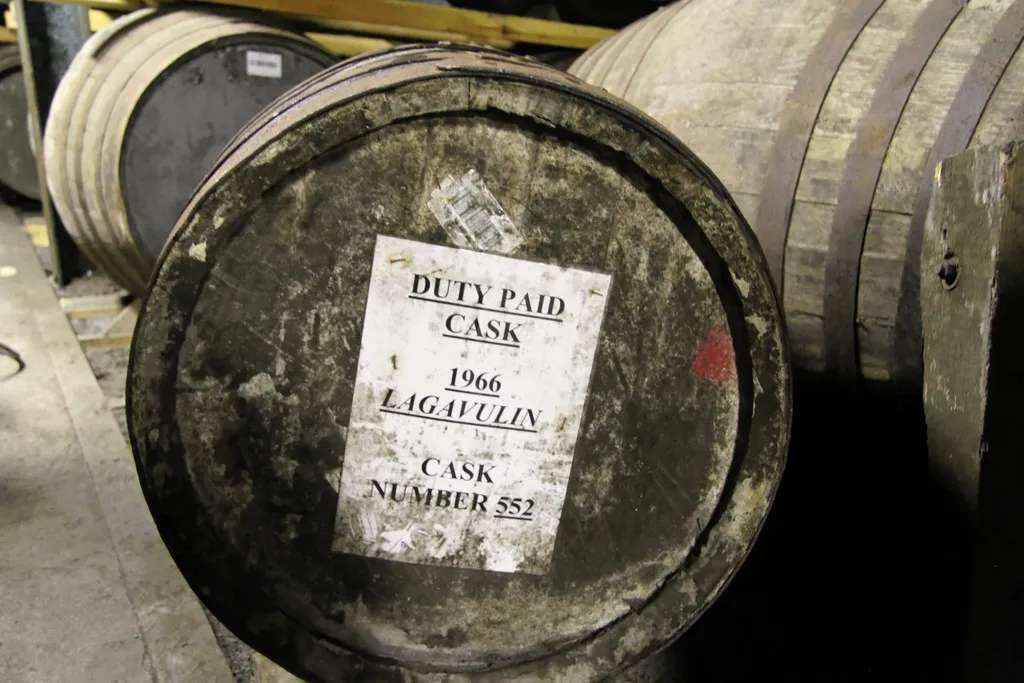
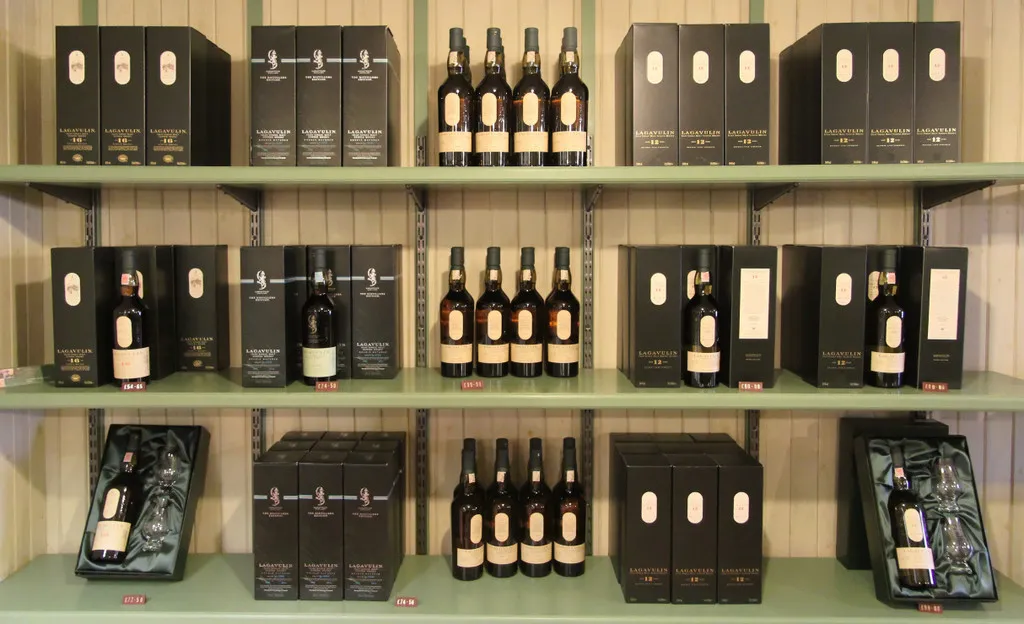
malted barley by th211 on Sketchfab
Lagavulin Distillery
The distillery produces about 1.4 million litres of alcohol per year. Water flows down the hillside from its Lochan Sholum source through the peat.
Lagavulin’s malted barley has 35 parts per million phenols. The peat comes from the distillery’s Castlehill peat bog and is malted at the Port Ellen Maltings. Therefore, its kiln has been abandoned.
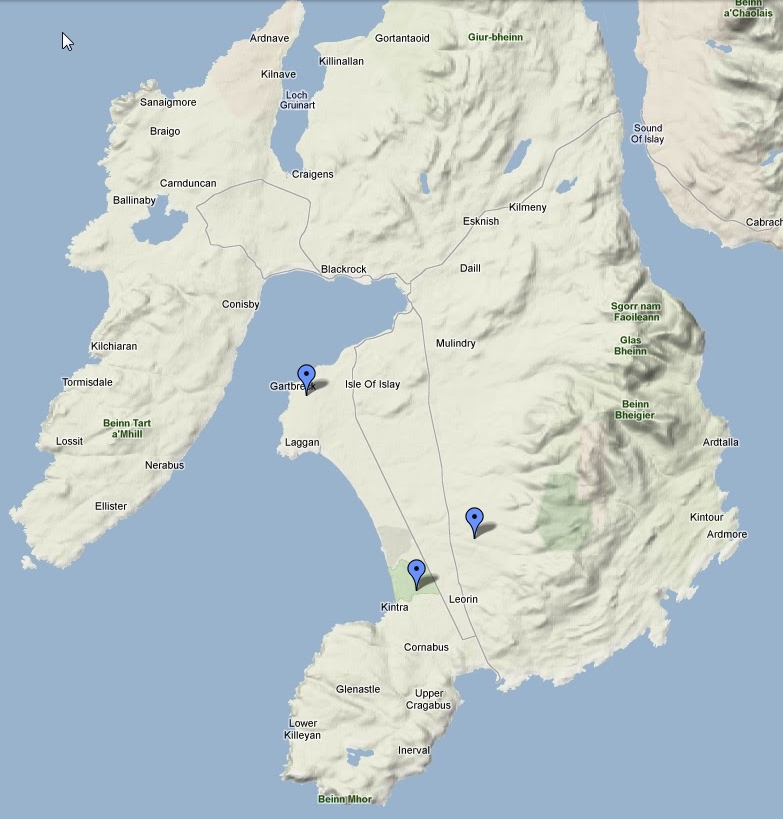
Open Spaces
Islay peat bogs (from left: Gartbreck, Glenmachrie, Castlehill)
Lagavulin distillery has a small river that is the source of cooling water. The distillery is located in Lagavulin Bay, very close to the sea, threatened by storms, sea level rise, etc.
Lagavulin Distillery by th211 on Sketchfab
Laphroaig Distillery
Laphroaig Distillery is the neighbor of Lagavulin distillery, but unlike Lagavulin, instead of using Port Ellen’s malting directly, Laphroaig uses traditional floor malting, which requires a suitable temperature of approximately 18 degrees Celsius. Increased temperatures due to climate change may result in workers needing to turn grain frequently to cool it down.
The distillery is fed peaty water from the Kilbride stream. Laphroaig collects its peat in an exclusive peat bog called Glenmachrie.
https://www.islayinfo.com/do/distilleries-and-tours/islay-distilleries
https://www.islayinfo.com/do/distilleries-and-tours
https://www.youtube.com/watch?v=k9Xo900woaU
http://whiskyscience.blogspot.com/2011/02/peat.html
https://www.whisky.com/whisky/knowledge/production/details/mashing.html
https://www.islayinfo.com/do/distilleries-and-tours/islay-distilleries/lagavulin-distillery
http://whiskyscience.blogspot.com/2011/05/peat-terroir.html
https://www.islayinfo.com/do/distilleries-and-tours/islay-distilleries/laphroaig-distillery